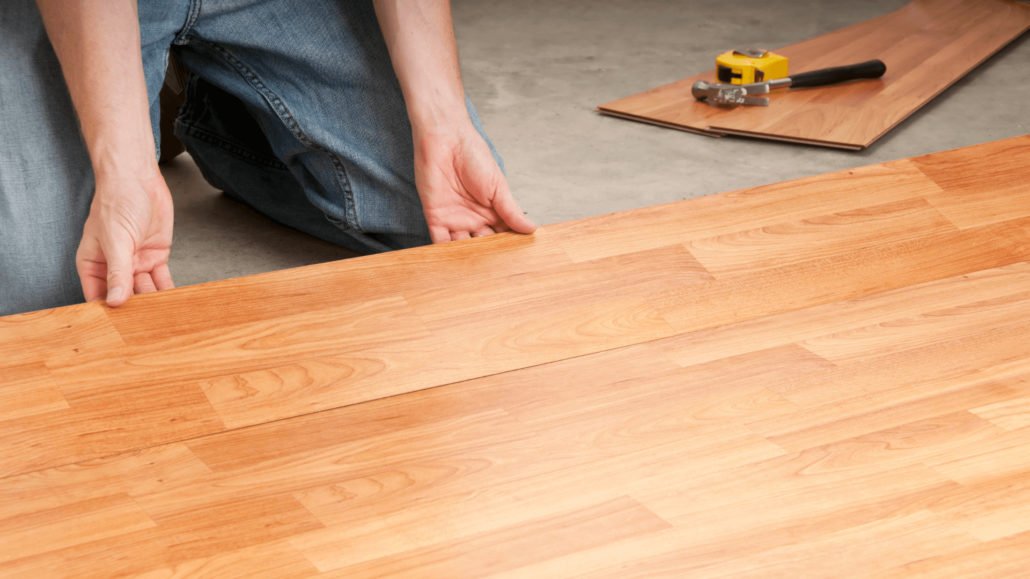Bamboo flooring has long been a great choice for homeowners and designers because of its sturdiness and eco-friendly nature. However, like any other flooring material, bamboo flooring can wear out over time, losing its initial luster and texture. Fortunately, with the right sanding techniques, you can breathe new life into your bamboo flooring and make it look as good as new. In this detailed guide, we’ll take you on a journey to restore the charm of your bamboo flooring, highlighting valuable tips and techniques to help you confidently embark on this restoration project and achieve success.
Overview of Bamboo Flooring
Bamboo flooring is an excellent choice for those looking for a durable and environmentally friendly option. But over time, even this sturdy flooring material can begin to show signs of wear and tear. And sanding your bamboo flooring is one of the most effective ways to restore its original beauty. Here, we’ll take an in-depth look at the process of sanding bamboo flooring, offering tips and tricks to make this task a success.
Introduction to Bamboo Flooring
Before diving straight into the sanding process, it’s vital to have a clear understanding of bamboo flooring, its properties, and the reasons for its popularity.
Bamboo flooring is a type of flooring made from bamboo that offers similar durability to hardwood and is available in a variety of styles and finishes.
Advantages of Bamboo Flooring
Environmentally friendly: Bamboo is a renewable resource that grows much faster than hardwood trees.
Durability: Bamboo floors are known for their strength and ability to withstand high traffic crowds.
Aesthetically pleasing: these floors have a unique and attractive texture pattern that can add beauty to any space.
Ease of Maintenance: Bamboo floors are relatively easy to maintain with simple sweeping and occasional mopping.
Challenges and Preparation for Sanding Bamboo Floors
Challenges of Sanding Bamboo Floors
Bamboo flooring is denser and more fibrous than traditional hardwood flooring, which makes sanding more challenging. Understanding the potential difficulties can help you better prepare for the task.
Preparing for the Sanding Process
Gather the necessary supplies: You’ll need a variety of tools, including a drum sander, an edge sander, sandpaper of different grits, protective gear, and a vacuum cleaner.
Choose the right grit of sandpaper: Start with coarse sandpaper (about 36 grit) for removing the old finish, then gradually use finer sandpaper (up to 100 grit) for a smoother surface.
Steps for sanding bamboo flooring
Clear the area
Remove furniture, rugs and other items from the room to create a clean workspace.
Safety Measures
Ensure that you wear safety equipment such as goggles, masks and ear protectors to protect yourself during the sanding process.
The sanding process: a step-by-step guide
Step 1: Initial sanding. Using a drum sander with coarse sandpaper, systematically sand the floor, moving in the direction of the grain to avoid cross-grain scratches.
Step 2: Edge sanding. Use an edge sander to sand areas near walls or corners that are out of reach of the drum sander.
Step 3: Center Sanding. Switch to medium grit sandpaper (50 – 60 grit) to further smooth the floor, sanding the entire floor again to maintain a consistent pattern.
Step 4: Fine sanding. Finally, switch to a fine grit sandpaper (80 – 100 grit) to finish sanding and create a smooth surface ready for subsequent refinishing.
Step 5: Cleanup. After sanding, use a vacuum to thoroughly clean the floor, removing all dust and debris.
Tips and Tricks for Successful Sanding
To ensure a successful sanding process, here are some additional tips and tricks:
Maintain a steady pace: Sanding at a consistent pace helps avoid uneven surfaces and roller marks.
Replace sandpaper regularly: To ensure sanding results, replace worn sandpaper regularly.
Keep the sander moving: Avoid holding the sander in one place for too long to prevent chisel marks and dents.
Check the progress: Stopping frequently to check the progress of the sanding will help identify areas that may need more attention.
Seek professional help: If you are unsure about the sanding process, you can always seek professional help. Finishing bamboo floor restoration
Choosing the right finish
Choose a finish that matches the natural color and grain pattern of the bamboo. Choose from oil-based, water-based or natural oil-based finishes.
Applying the finish
Apply the finish carefully in a well-ventilated area according to the manufacturer’s instructions.
Maintenance
After applying the finish, clean the bamboo floor regularly and avoid scratches to prolong its life and maintain the beauty of the bamboo floor.
Conclusion
Sanding bamboo floors is indeed a challenging task, but with the right tips and techniques, it is possible to restore them to their original beauty. Remember, preparation is key and choosing the right sanding equipment and finish can make a huge difference. Additionally, feel free to consult a professional if you are unsure about any step in the sanding process. With patience and the right approach, your bamboo flooring will soon be as good as new, ready to grace your space once again with its natural, appealing beauty.
Well-maintained bamboo flooring not only enhances the beauty of your space, it also contributes to a greener planet by utilizing renewable resources. Happy sanding!




